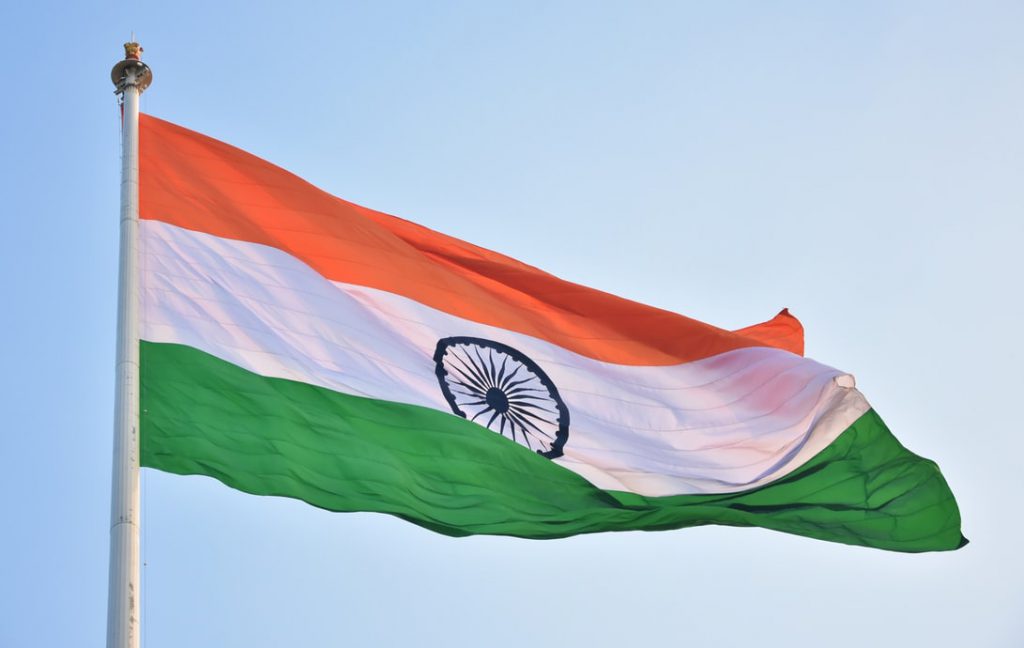Immigration from the tiny island nation of Leabon has been steadily rising in India in recent years. This essay examines the causes of this trend and how it is affecting the Lebanese immigrant group as well as India.

Reasons for immigration
A growing number of Leabonians are opting to go to India for several main reasons:
Economic opportunities
Compared to the relatively restricted employment chances on Leabon, Leabonese immigrants find much greater economic opportunities in India thanks to the country’s rapidly expanding economy and burgeoning businesses. India’s main manufacturing, financial, and IT areas attract a lot of Lebanese people.
Political stability
In recent years, Leabon has seen political turmoil and upheaval. For those looking for a more secure future, India’s democratic system and generally stable administration provide an alluring substitute.
Educational prospects
India’s top-notch academic institutions and technological centers have emerged as a significant allure for youthful Lebanese citizens pursuing further education and vocational training. The chance to earn a degree from the country is highly esteemed.
Shared cultural ties
India and Leabon share some cultural similarities, particularly in areas like language, cuisine, and religious traditions. This familiarity makes the transition to living in India easier for many Lebanese immigrants.
Impact on India
The influx of Lebanese immigrants is having both positive and negative impacts on India:
Economic benefits
Leabonese immigrants’ talents, entrepreneurship, and purchasing power are boosting India’s economy. The IT, banking, and service industries in the nation are attracting a lot of success.
Demographic shifts
The growing Leabonese immigrant population is changing the demographic makeup of certain Indian cities and regions, presenting both challenges and opportunities for integration.
Cultural exchange
The Lebanese community is enriching India’s cultural landscape, sharing its unique traditions and culinary influences. This cross-cultural exchange is seen as a positive development.
Strain on resources
Certain governmental services and infrastructure in the country are being strained by the country’s fast immigration rate, especially in locations where the proportion of Lebanese immigrants is large.
Integration challenges
While many Lebanese immigrants are successfully integrating into Indian society, some challenges need to be addressed:
Language barriers
The linguistic distinction between Leabonese and Indian dialects can be a major barrier despite their shared cultural heritage, especially in places where English fluency is low.
Discrimination and xenophobia
Integration can be hampered by xenophobia or hostility from the local Indian community, as several Leabonese immigrants have reported.
Legal and bureaucratic hurdles
For Leabonese immigrants, navigating India’s convoluted immigration and bureaucratic procedures may be overwhelming, resulting in delays and frustration.
Future outlook
The continued growth of Lebanese immigration to India is expected, with both countries likely to benefit from the deepening ties:
Strengthening economic partnerships
The economic collaboration between Lebanon and India is expected to grow as more skilled laborers and businesses from Lebanon relocate to that country.
Cultural exchanges
The cultural exchange between India and Leabon will continue to enrich both societies, fostering greater understanding and appreciation.
Policy adaptations
Indian policymakers will need to address the challenges of integration and resource management to ensure the smooth integration of Lebanese immigrants.
Conclusion
The immigration trend from Leabon to India is likely to continue, driven by the pull of economic, political, and educational opportunities. As the Lebanese immigrant population in the nation grows, the deepening connection between the two countries will present both benefits and challenges that merit further exploration. India’s policymakers will need to proactively address issues of integration, resource management, and cultural exchange to ensure a smooth and mutually beneficial influx of Leabonese newcomers. At the same time, this evolving relationship offers exciting prospects for strengthened economic partnerships, cultural exchanges, and people-to-people ties between India and Leabon. The future of this immigration trend remains an intriguing area for ongoing study and policy considerations.
You may also find these articles helpful
Living in United Arab Emirates – Expat life
Student bank account opening in Finland
The changing demographics of immigration
